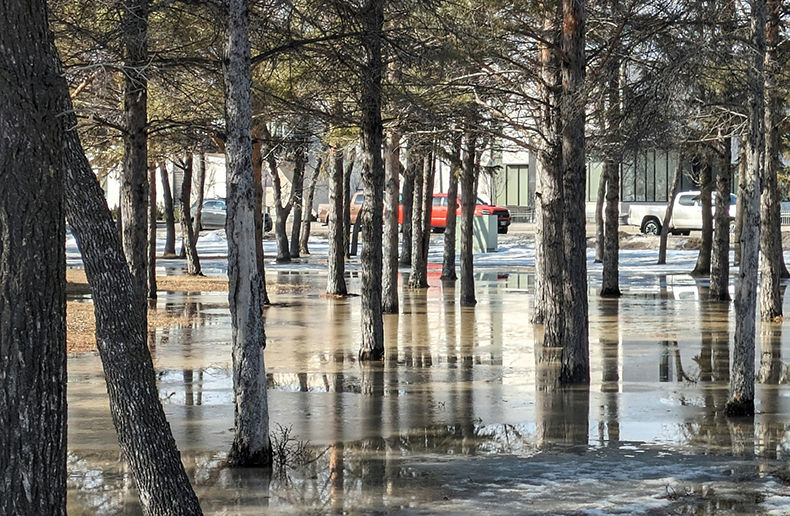University of Waterloo flood insurance researchers studying the federal government’s recently announced pledge to implement a national flood insurance program (FIP) by 2025 say the proposed plan can do more to make insurance abundant and affordable for taxpayers.
“The imperative to contain costs, coupled with climate change and other factors that are driving up insurance costs, presents a significant challenge for the design of the FIP,” the researchers state. “Flood risk disclosure as a whole needs to be more transparent and accessible to homeowners and potential buyers,” they add.
Flexible, risk-based pricing
The policy brief from the Waterloo Climate Institute, entitled Maximizing the public value of Canada’s new flood insurance program, calls for governments to adopt flexible, risk-based pricing (it also looks at a solidarity approach to pricing where insured losses beyond a specified threshold are absorbed by the public treasury), prohibit the use of funds for rebuilding in high-risk areas, increase the information available to Canadians about the risks they are exposed to and leverage the FIP to increase innovation in insurance markets by encouraging customized solutions for underserved communities.
The two parts of the $31.7-million plan include the creation of a new public insurance facility backed by the public treasury and a public subsidy program to offset the cost of property insurance coverage for targeted households.
Awareness gap
The researchers say a risk-based model provides policyholders with a price signal when risks are reduced. “The FIP can communicate to policyholders for the first time their actuarially informed premium, along with the affordability subsidy they are receiving so they are made aware of their real risk. This awareness, combined with a timeline or sunset clause specifying when the subsidy will be eliminated, could encourage property owners to pressure their local and provincial governments to invest in risk reduction.” The report also points out that only six per cent of those living in high-risk areas are aware of their vulnerability. “This awareness gap suggests that the FIP could struggle to generate demand.”
They add that Canada’s current approach to disaster financial assistance (DFA) also undermines incentives to invest in property and community-level risks reduction. “To maximize efficient use of public funds, the Government of Canada must build on the recommendations recently made by the Expert Advisory Panel on the Disaster Financial Assistance Arrangements. Specifically, that properties with access to insurance after the implementation of the FIP should no longer be eligible for DFA. Limiting this eligibility means that recovery funding will not be wasted on rebuilding in high-risk areas, a current practice that sets the stage for repetitive losses.”
















